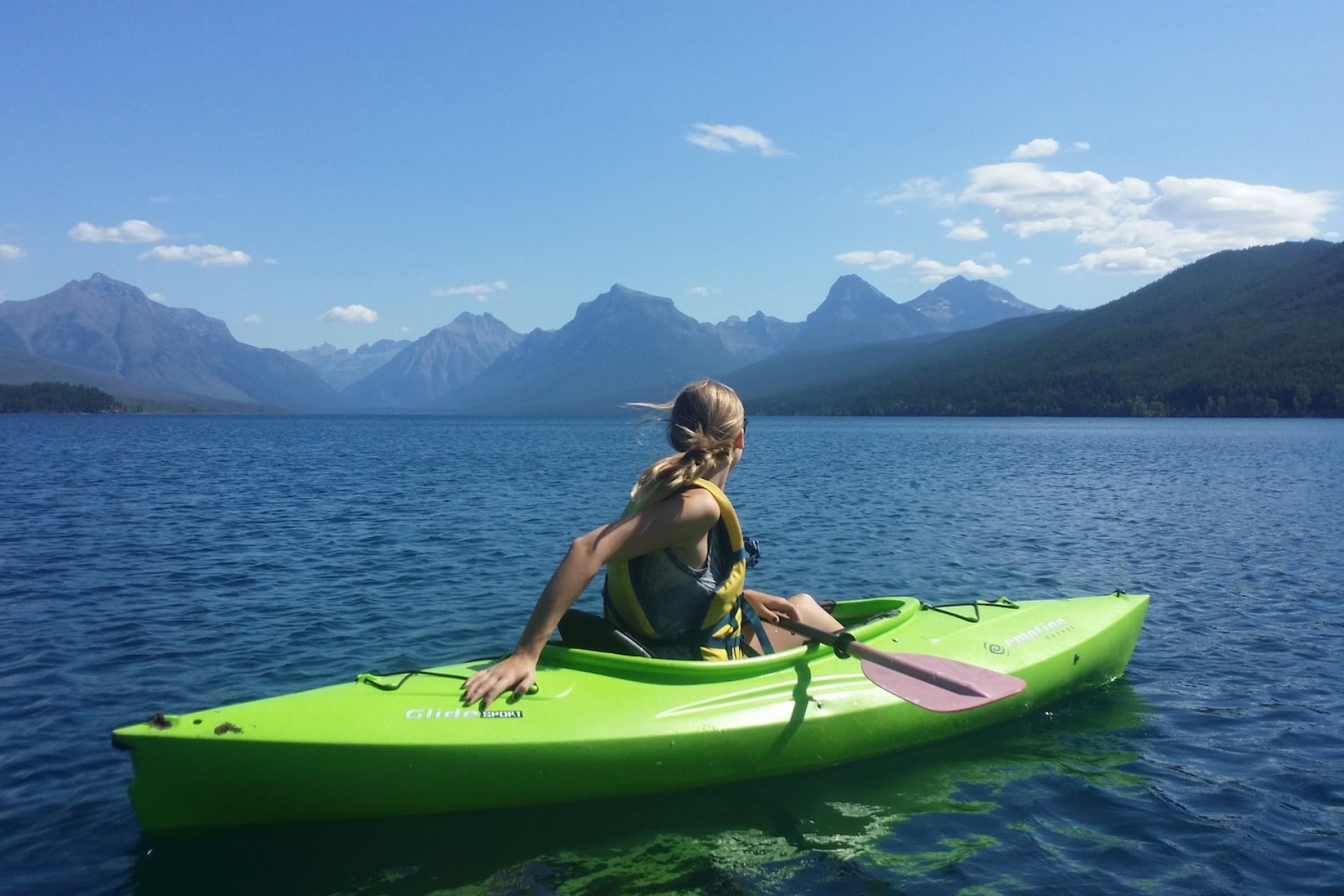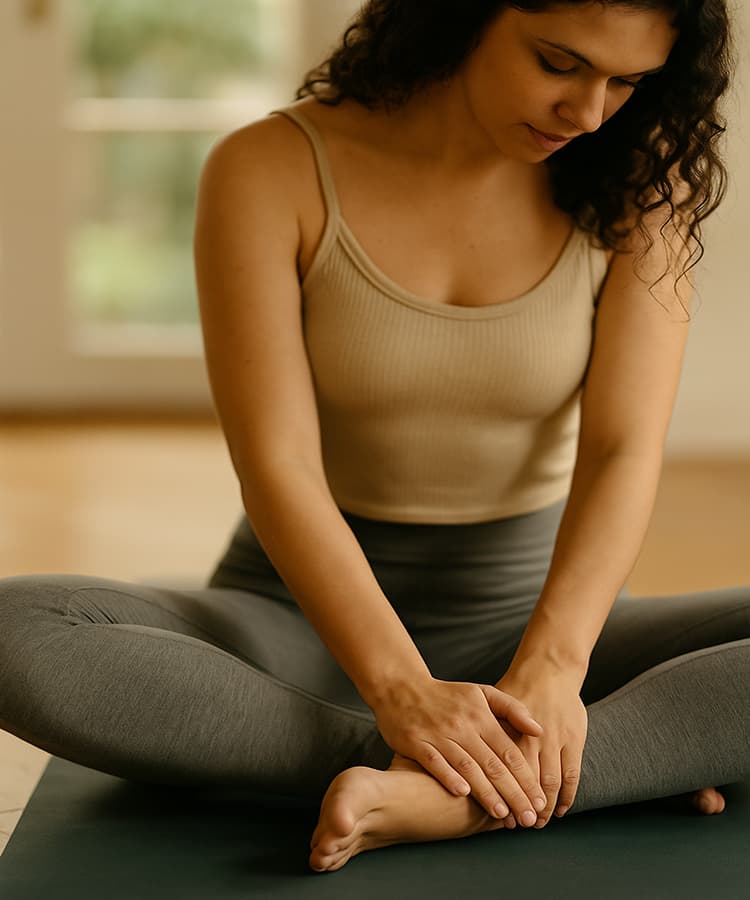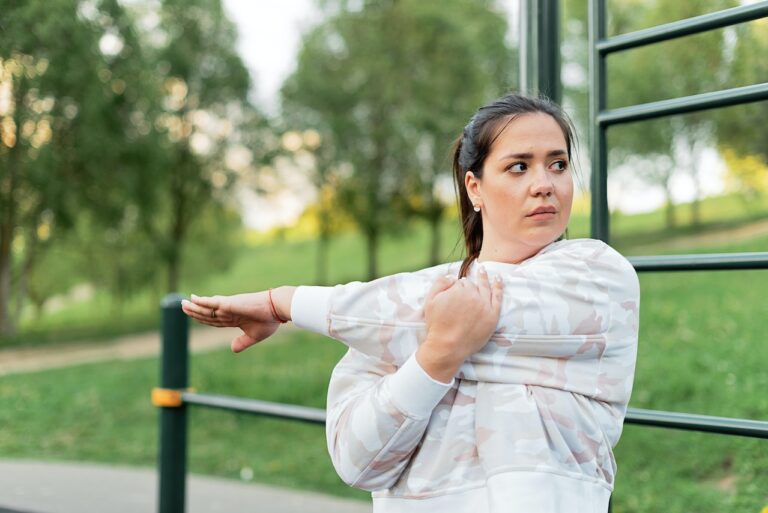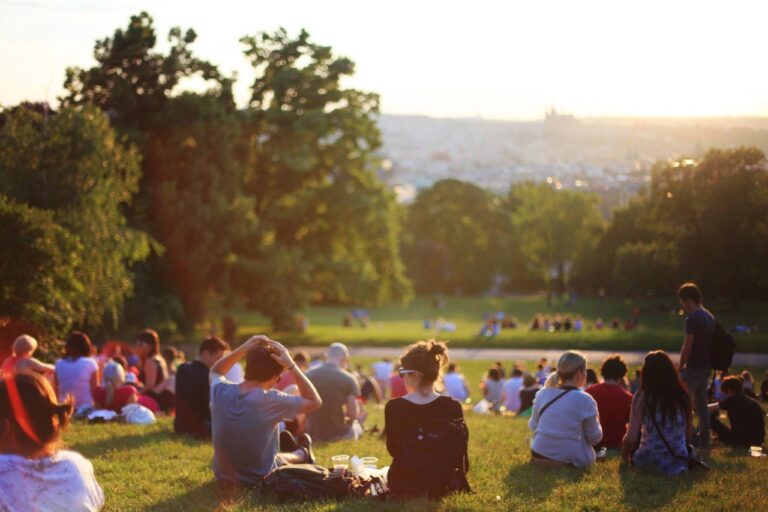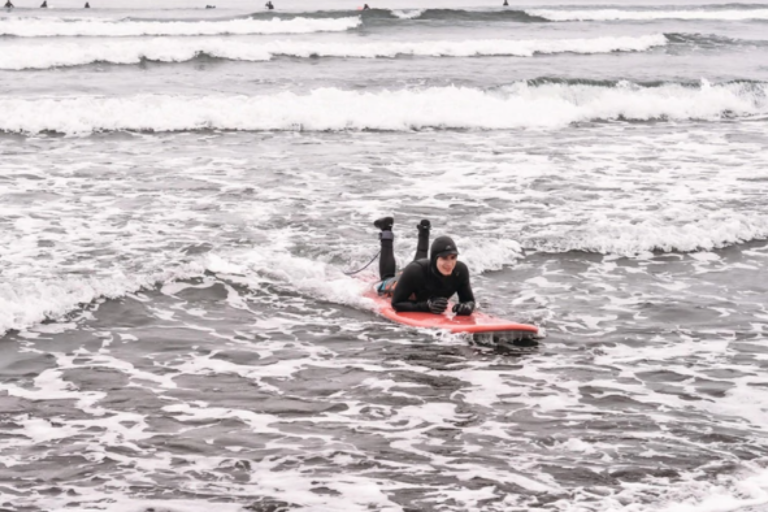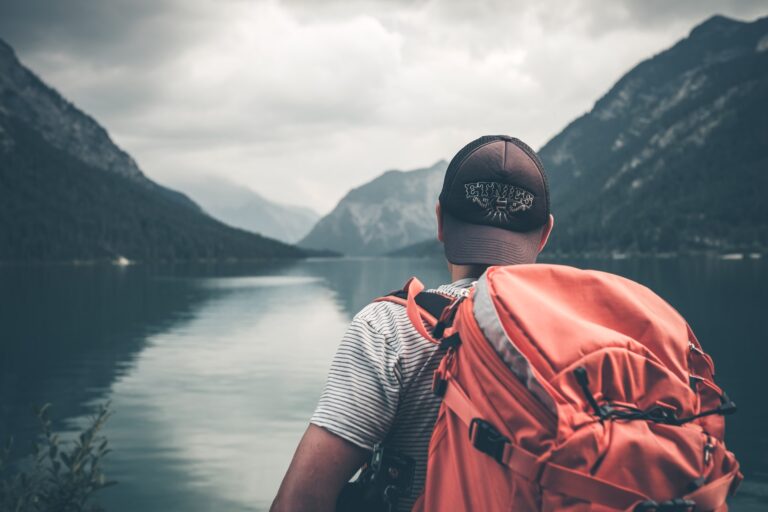Most people are familiar with the terms “active” and “passive” recreation, but may not know exactly what they mean. Active recreation refers to activities that require physical exertion, such as playing sports or hiking. Passive recreation, on the other hand, is generally more sedentary in nature and includes activities like reading or watching television. So which is better for you? Well, it depends on your goals and preferences. Let’s take a closer look at both types of recreation to see what they have to offer.
Define active recreation and give examples
Active recreation is any physical activity that is recreational in nature and has a goal of improving one’s health and physical fitness. This can take many forms, ranging from traditional sports to more modern activities such as obstacle courses or geocaching. Examples of activities that classify as active recreation include swimming, hiking, biking, kayaking, skiing, playing a sport like basketball, rock climbing and even frisbee golf. All of these require an individual to be physically active while they are performing the activity in order to reap all the benefits it provides. The great thing about active recreation is that it allows people of all ages to experience numerous positive outcomes when making exercise a part of their healthy lifestyle routine.
Define passive recreation and give examples
Passive recreation is a type of leisure activity that does not involve physically strenuous activities. It involves low impact activities such as walking, bird watching, gardening and simply enjoying nature. Unlike energetic sports or activities like swimming and skateboarding, passive recreation doesn’t require exertion; instead it focuses on the experience of being outdoors and creating an appreciation for nature. Examples of passive recreation include taking a leisurely hike around your local park or participating in a geocaching expedition – both of which allow you to explore your environment without overtaxing your body.
Compare and contrast the two types of recreation
Recreation can be divided into two categories: physical and mental. Physical recreation generally involves some kind of physical activity such as running, swimming, or team sports. It typically involves being outdoors and is ideal for those looking to keep fit and have fun. Mental recreation, on the other hand, typically happens indoors and entails activities such as reading, painting, playing a musical instrument, or chess. It is most suited to those who enjoy stimulating their minds with activities that take practice and time to master. Both types of recreation offer important benefits; physical recreation helps keep your body active while mental recreation can expand one’s knowledge and improve problem-solving skills.
Discuss the benefits of both active and passive recreation
Recreation is one of the best forms of physical and mental therapy. Active recreation such as sports, swimming, and jogging helps to keep our bodies fit and toned. It is also a great way to keep our minds sharp as it requires concentration and strategy. On the other hand, passive recreation activities like reading, fishing, or bird watching allow us to take some time out from our busy lives to relax and engage in pursuits that do not require too much exertion from us. Passive recreation is an excellent way to unwind while still getting some exercise or learning something new. Whether it’s active or passive recreation, we should all strive to find enjoyable recreational activities that help us stay physically fit, mentally alert and emotionally balanced.
Offer tips for incorporating more active or passive recreation into your life
If you’re looking for more ways to incorporate active or passive recreation into your life, a great place to start is by evaluating how much time you spend on leisure activities. It’s important to set aside some time each week for activities that bring you pleasure and relaxation – this could include anything from watching a show, going for a nature walk or playing a game. Additionally, it’s beneficial to establish an exercise routine that involves physical activity like strength training, biking or swimming. Regular exercise can help reduce stress, boost energy levels and improve overall quality of life. Finally, consider participating in social recreational activities with friends or family to have fun while also staying connected and improving interpersonal relationships. Incorporating active and passive recreation into your life is an easy way to improve both mental and physical wellbeing!
